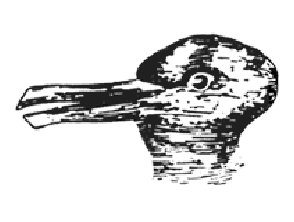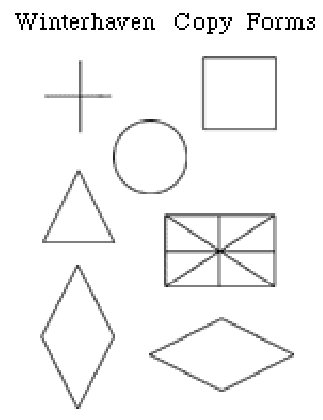< Page 10 of 12 >
1 2 3 4 5 6 7 8 9 10 11 12
Pediatric
Vision Disorders
Vision
and Reading (2)
Astigmatism,
Eye-Hand Coordination, Visual-Motor Problems and more:
Children with coordination type visual problems can often be spotted
in a classroom. They get into distorted postures in an attempt to get
one eye out of the act. They often put their head down on their arm,
cover one eye with their palm or rotate their head so that the bridge
of their nose interferes with the vision from one eye.
Esophoria:
Another eye coordination problem is termed esophoria, which is a tendency
for the eyes to turn inwards. The educational implication of this particular
problem is that a child with esophoria sees things smaller than what
they actually are. In order to see an object properly, it is necessary
to make the object larger. The only means at the disposal of the child
to make it larger is to bring it closer. Eventually, the child is observed
with his head buried in a book and still not achieving.
Reading Skills
and Binocular Visual Skills
One of the tests used in optometric offices is to have the child read
words while looking into an instrument called a Telebinocular. The performance
is compared between reading with either eye alone and with both eyes
together. The difference in performance is often quite dramatic if there
is an eye teaming problem. One eye performance might be quite satisfactory,
but reading with both eyes together will be slower and many more errors
will be made.
Directionality
Directionality is another visual skill important for academic success.
One test for this skill is illustrated in the figure to the right..
Look at the figure and determine what you see. If the visual reflex
is from left to right, a duck will be seen. However, if the visual reflex
is from right to left, a rabbit will be seen. This is just one test
out of a series to determine the directionality of the visual reflex.
It is a convention of our culture that the English language proceeds in a left to right direction. Other languages proceed in a right to left direction and still others have a vertical orientation. Many people feel that it would make more sense if the language proceeded as illustrated in the figure below. If a child does not visually proceed from left to right, through vision therapy he can be taught to develop this skill just like he can be taught to team his eyes together.
Form Perception:
Form perception is another important visual skill for academic achievement.
This can best be illustrated by referring to Figure #7. The child is
shown these forms one at a time and he is simply asked to copy them.
It is amazing to see some of the distortions that a child will make
in attempting to copy these forms. If a child can�t perceive and copy
these simple geometric forms, it is unreasonable to assume that he will
be able to perceive the wiggly lines which make up letters which in
turn make up words, which in turn make up sentences which stand for
abstract ideas. We see children often who can�t tell the difference
between a square and a rectangle or a circle and an oval. This is also
a skill which can be improved through vision therapy.

Attention
Span/Span of Perception:
The Span of Perception is also related to success in school. Many children
see just one word at a time with each eye fixation. Reading speed can
be improved by learning to see two, three, or more words with each eye
fixation. This could be compared to reading through a straw. This is
illustrated in Figure #8 below. It is easy to see the difference in
reading for meaning when the span of perception is wide.
Visualization:
The ultimate visual skill is visualization. This is similar to being
able to see things in the mind�s eye. There are authorities that state
that the ability to visualize is very closely allied to the ability
to think. In other words, thinking is related to the ability to abstract
from specifics and the ability to visualize is deeply involved in this
process. Visualization is also a trainable skill.
< Page 10 of 12 >
1 2 3 4 5 6 7 8 9 10 11 12